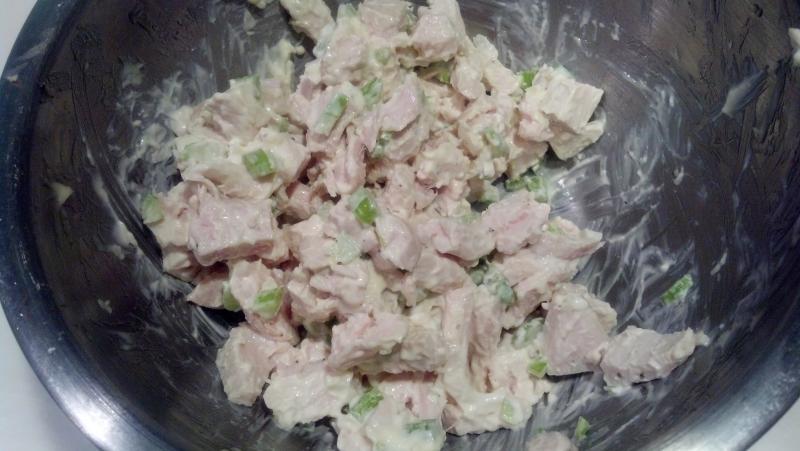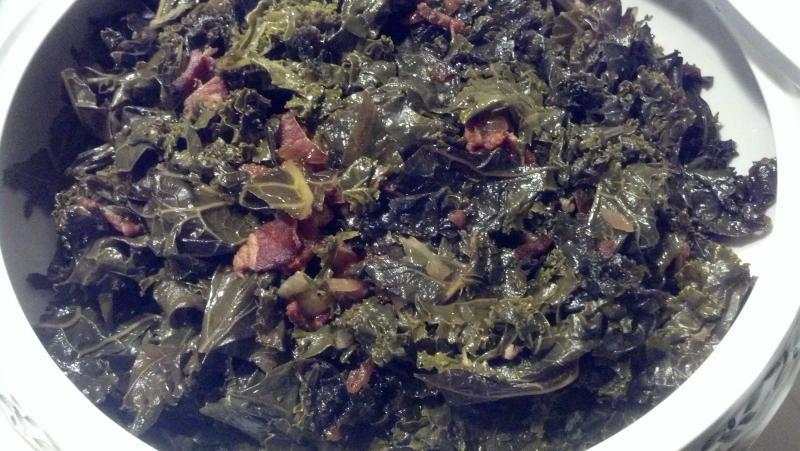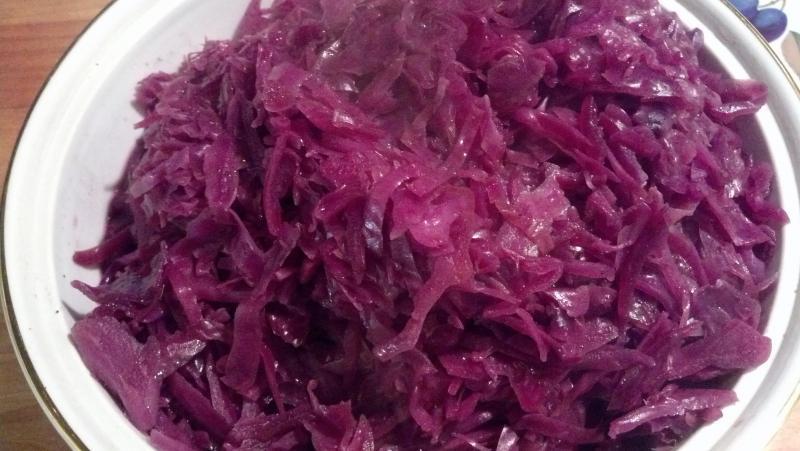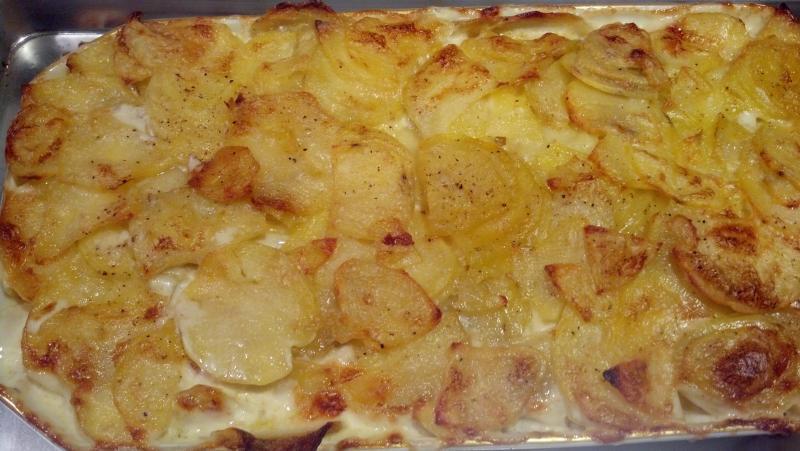-
Posts
12,258 -
Joined
-
Last visited
Content Type
Profiles
Forums
Store
Help Articles
Everything posted by gfweb
-
The problem with a logical response is that you are fighting with people who revel in their uneducated state. People who watch Dr Oz don't want logic or science.
-
Words do indeed fail. You are in my prayers.
-
Really pretty! I'm confused..SV a whole turkey! What temp did you use? Light and dark meat require two different temps,no? How did you keep the roasting from cooking the white meat further?
-

Your most disliked trend in the food industry.
gfweb replied to a topic in Food Traditions & Culture
Agree with the second point. The first point couldn't be more wrong, as many eG threads, restaurants and chefs can attest. Don't dis what you don't understand. Everything new isn't a bad thing. Progress happens, my friend. -

Your most disliked trend in the food industry.
gfweb replied to a topic in Food Traditions & Culture
Speaking of burgers; I'm tired of Fieri-sized hamburgers. I don't want to wear it; I want to eat it. Comfortably, without a bib. Damnit. -
Amazon has them... http://www.amazon.com/06102X-Heat-Serve-Sizzling-Platter/dp/B00021FLPQ/ref=sr_1_2?ie=UTF8&qid=1353812252&sr=8-2&keywords=sizzle+platter
-

Your most disliked trend in the food industry.
gfweb replied to a topic in Food Traditions & Culture
yes it is weirder than that. -
Yup. I've seen it myself. Nobody wants a lecture about anything, esp from a crazed vegan.
-
Yes. I dissected the breast en bloc with skin on. Lightly salted it and popped it into a zip-loc bag that I rolled so the meat would cook in a round shape. After SV I then chilled it and and fried it up before serving. Most of the skin was short of crunchy, but close to it. Some was still a little fatty.
-
I'd hate to eat it.
-
I left mine in for around 60 hours and it was both tender and juicy. You could try that. Also, I shallow fried them, but that's because I'm not too comfortable with deep frying yet. Yours looks good though, I might try that next time. Deep frying is easy so long as you don't have the pot too full of oil, watch the temp, have a lid and fire extinguisher at hand and remember to dry off the food pre-fry.
-
SV turkey breast. I'm very happy with the way the meat comes out, but am still working on the skin. On TG I SVd the breast at 142 F for 3 hrs (came out just faintly pink and pretty perfect) and then cooled it in the fridge and prior to serving warmed it up by frying the skin side in oil. It browned great but the fat was only partially rendered in spots. It could go longer but I worry about overcooking the meat. Does the broiler method do any better?
-
David, I'll take your bad meals any day. Looks great. Agreed on the Maker's Mark. Smooth and reliable. Van Winkle is darn nice too. Even the less aged bottles than the wonderful (but expensive) Pappy Van Winkle.
-

Where Will it All End - Guy Fieri to Open Restaurant in Times Square
gfweb replied to a topic in New York: Dining
Sounds like a "yes" to me! Go get em, Weinoo. You ARE the man! -
Sounds like you needed a couple more cocktails! I've been thinking lately of the messy way TG plates of food tend to look after about a minute of eating. I shifted from mashed pots to au gratin(tastes great too) to partially avoid this. I served the breast in filets rather than slices (to make space on the plate) and I would've ditched the smoked mashed yams too, but my daughter rejected the change. LOL. Also thinking that a savory bread pudding would be a neater change to stuffing that tends to migrate all over the place.
-
Or maybe these people are just entitled pains in the ass.
-
Sea salt won't give the pink that nitrate-containing "pink salt" does. Corned beef made with NaCl only is brown-colored and doesn't taste like real corned beef. Pink salt really is a terrible name. What it really is, is a mix of NaCl and sodium nitrate/nitrate dyed pink to avoid confusion with table salt. Unfortunately there are other pink salts available that are just Nacl, but pinkish, and nothing like the curing variety. Lots of confusion.
-
Thanksgiving 2012! Stewed kale with bacon/onions/garlic/red pepper/white wine Red Cabbage with onion/applejuice/allspice Potatoes augratin (Bourdain recipe) Table showing the SV turkey, browned by a quick pan fry of the skin side Not shown: corn bread with jalapeno, gravy, smoked mashed yams with pimenton, cranberry/onion compote, apple pie, pumpkin pie, sage sausage stuffing
-
My safety concern is mostly with moving the superheated cans anywhere before they cool. I'd leave them in the pressure cooker overnight to cool without moving them.
-

What food-related books are you reading? (2004 - 2015)
gfweb replied to a topic in Food Media & Arts
Steingarten's two books. James Beard's autobiography. James Villas's autobiography. -
Smoked Trout deviled eggs App SV Turkey breast, confited dark meat Turkey gravy Greens (kale/bacon, chile pepper, white wine, garlic) Whipped smoked sweet potato with chipotle Sausage dressing Au gratin potatoes and something else that's green.
-
Right. Somebody oughta pass a law. Bloomberg! Sent from my DROID RAZR using Tapatalk 2
-
What will happen is that Bimbo or somebody else will come in, perhaps with different unions, and end up paying the fraction of the workers that they rehire less than the 92% they were offered. After all expenses are higher now. Or maybe they just buy the brand and the recipes and make the Twinkies in one of their existing plants.






